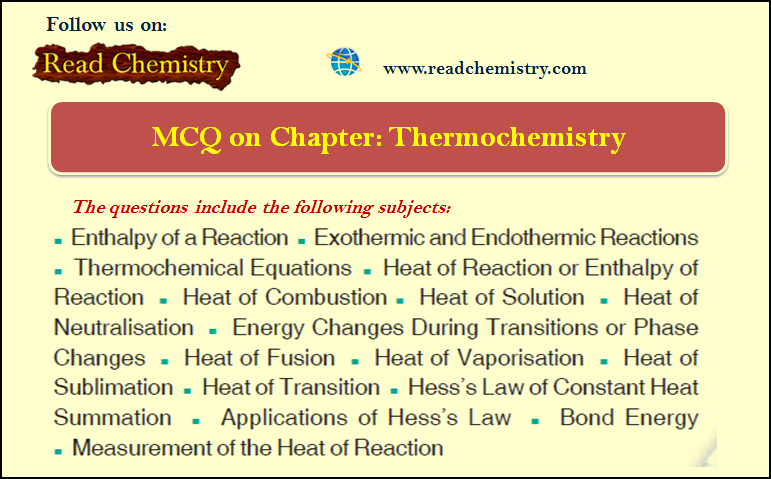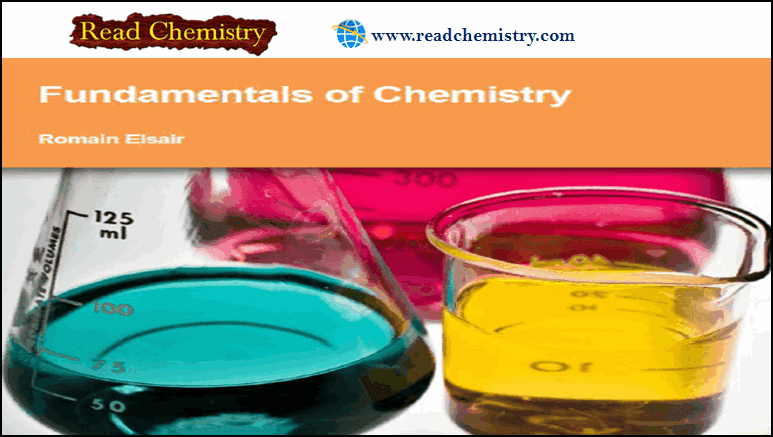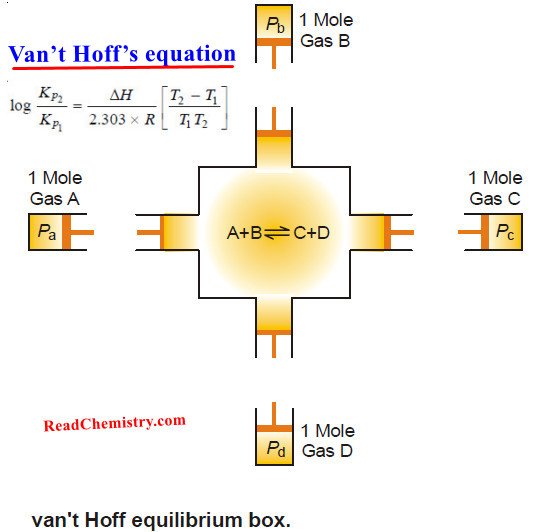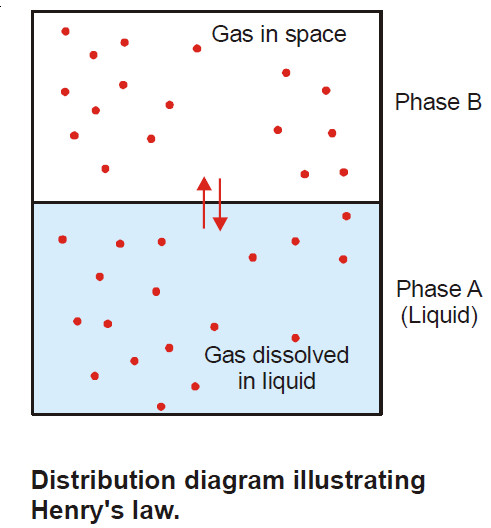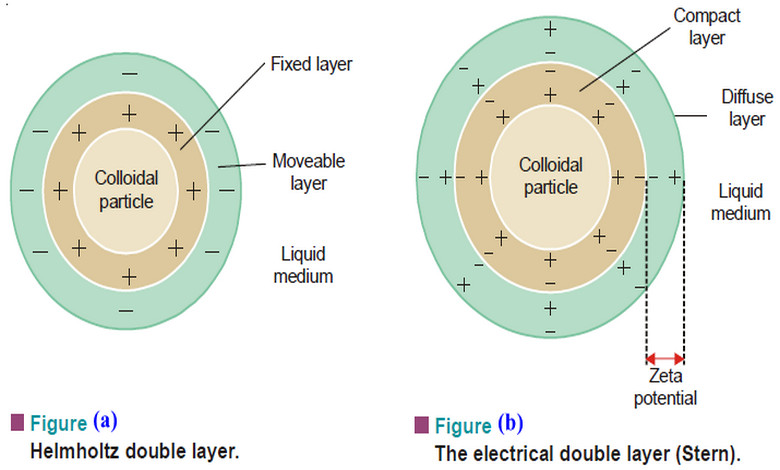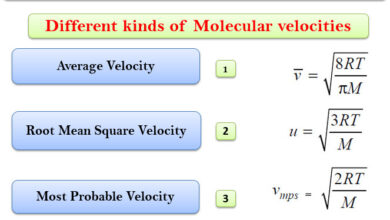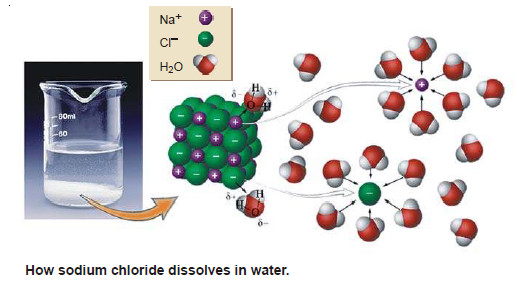MCQ on Chapter Thermochemistry ΔH, ΔE
1. For exothermic reactions, ΔH is _______ while for endothermic reactions it is _______.
(a) positive, negative
(b) positive, positive
(c) negative, negative
(d) negative, positive
Answer. (d)
2. The branch of chemistry which deals with the heat changes caused by chemical reactions is called _______
(a) thermodynamics
(b) thermal chemistry
(c) thermochemistry
(d) none of these
Answer. (c)
3. In an exothermic reaction, the internal energy of the products is _______ internal energy of the reactants.
(a) greater than
(b) lesser than
(c) equal to
(d) none of these
Answer. (a)
4. In an endothermic reaction _______
(a) ER > EP
(b) ER < EP
(c) ER = EP
(d) None of these
Answer. (a)
5. The enthalpy of a system is defined by the relation_______
(a) H = E + P V
(b) H = E – P V
(c) E = H + P V
(d) P V + E – H
Answer. (a)
6. In an exothermic reaction the heat energy is _______ while in endothermic reaction it is_______
(a) released, released
(b) released, absorbed
(c) absorbed, released
(d) absorbed, absorbed
Answer. (b)
7. Which one of the following is correct for a reaction aA + bB → cC + dD where Δn = (c + d) –(a + b)?
(a) PΔV = ΔH – ΔE
(b) ΔH = ΔE + Δn R T
(c) Δn R T = ΔH – ΔE
(d) all of these
Answer. (d)
8. For the reaction N2 + 3H2 ↽⇀ 2NH3, the change in enthalpy is given by_______
(a) ΔH = ΔE – 2 R T
(b) ΔH = ΔE + 2 R T
(c) ΔH = ΔE + 3 R T
(d) ΔH = ΔE + R T
Answer. (a)
9. ΔH = ΔE is true for the reaction_______
(a) H2 + Cl2 ↽⇀ 2HCl
(b) 2NO ↽⇀ N2 + O2
(c) 2HI ↽⇀ H2 + I2
(d) all of these
Answer. (d)
10. Which of the following relations holds good for the reaction: CO(g) + ½O2(g) → CO2(g) ?
(a) ΔH = ΔE
(b) ΔH = ΔE + R T
(c) ΔH = ΔE + ½ R T
(d) Δ H = Δ E – ½ R T
Answer. (d)
11. The change in internal energy with temperature at a constant volume is given by the relation _______
(a) ΔE = ΔCv (T1 – T2)
(b) ΔE = ΔCp (T2 – T1)
(c) ΔE = ΔCv (T2 – T1)
(d) ΔE = ΔCp (T1 – T2)
Answer. (c)
12. The Kirchoff’s equation is _______
(a) ΔH2 – ΔH1 = ΔCp (T2 – T1)
(b) ΔE2 – ΔE1 = ΔCv (T2 – T1)
(c) both
(d) neither (a) nor (b)
Answer. (c)
13. The change in enthalpy that takes place when one mole of the compound is formed from its elements is called _______
(a) heat of formation of compound
(b) heat of synthesis
(c) heat of combustion
(d) standard heat of formation
Answer. (a)
14. By convention, the standard heat of formation of all elements is assumed to be _______
(a) zero
(b) negative
(c) positive
(d) infinity
Answer. (a)
15. The change in enthalpy of a system when one mole of the substance is completely burnt in excess of air or oxygen is called _______
(a) heat of reaction
(b) heat of formation
(c) heat of oxidation
(d) heat of combustion
Answer. (d)
16. The calorific value is defined as the amount of heat produced in calories when _______ of a substance is completely burnt.
(a) one gram (b) one mole
(c) 100 grams (d) 1 kg
Answer. (a)
17. The fuel efficiency of methane (mol mass = 16) is _______ that of ethane (mol mass = 30).
(a) lesser than
(b) greater than
(c) equal to
(d) none of these
Answer. (b)
18. Which of the following always has a negative value?
(a) heat of formation
(b) heat of reaction
(c) heat of combustion
(d) heat of solution
Answer. (c)
19. The change in enthalpy when one mole of a substance is dissolved in a specified quantity of solvent at a given temperature is called _______
(a) heat of reaction
(b) heat of combustion
(c) heat of solvation
(d) heat of solution
Answer. (d)
20. The change in enthalpy of the system when one ________ of an acid is neutralised by one _______ of a base or vice versa in dilute solution is called heat of neutralisation.
(a) g-equivalent, mole
(b) mole, g-equivalent
(c) g-equivalent, g-equivalent
(d) mole, mole
Answer. (c)
21. The heat of neutralization of a strong acid and a strong base is always _______
(a) zero
(b) constant
(c) positive
(d) changing
Answer. (b)
22. The heat of neutralization is of a weak acid by a strong base is _______ that of a strong acid by a strong base.
(a) lesser than
(b) greater than
(c) equal to
(d) none of these
Answer. (a)
23. The heat change in equations H+(aq) + OH–(aq) → H2O( ℓ ) ΔH = –13.7 kcal represents_______
(a) heat of neutralization
(b) heat of formation of water
(c) heat of dissociation of water
(d) heat of solution
Answer. (a)
24. The heat change (or enthalpy change) when one mole of a solid substance is converted into the liquid state at its _______ is called heat of fusion.
(a) boiling point
(b) melting point
(c) freezing point
(d) evaporation point
Answer. (b)
25. The process depicted by the equation H2O(s) → H2O( ℓ) ΔH = + 1.43 kcal represents_______
(a) melting
(b) boiling
(c) evaporation
(d) fusion
Answer. (d)
26. Greater the heat of fusion of a substance ______ is the magnitude of intermolecular forces.
(a) higher
(b) lower
(c) zero
(d) infinite
Answer. (a)
27. The heat change when one mole of a liquid is converted into vapour or gaseous state at its boiling point is called _______
(a) heat of liquefaction
(b) heat of fusion
(c) heat of vaporization
(d) heat of sublimation
Answer. (c)
28. The process of sublimation for a solid occurs _______
(a) at the melting point
(b) at a temperature below its melting point
(c) at a temperature above its melting point
(d) none of these
Answer. (b)
29. The change in enthalpy which occurs when one mole of an element changes from one allotropic form to another is called _______
(a) heat of allotropy
(b) heat of transition
(c) heat of transformation
(d) heat of sublimation
Answer. (b)
30. The thermochemical equations may be_______
(a) multiplied
(b) added
(c) subtracted
(d) all of these
Answer. (d)
31. In a chemical process, the amount of total heat change is same no matter by which method the change is brought about. This is statement of_______
(a) law of thermochemistry
(b) Hess’s law
(c) thermodynamic law
(d) law of heat of reaction
Answer. (b)
32. The average amount of energy required to break all bonds of a particular type in one mole of the substance is called_______
(a) heat of reaction
(b) bond energy
(c) heat of transition
(d) heat of bond formation
Answer. (b)
33. The bond energy depends upon_______
(a) size of the atom
(b) electronegativity
(c) bond length
(d) all of these
Answer. (d)
34. When a bond is broken, the bond energy is positive because heat _______
(a) is evolved
(b) is absorbed
(c) remains unchanged
(d) none of these
Answer. (b)
35. For an endothermic reaction_______
(a) ΔH is –ve
(b) ΔH is +ve
(c) ΔE is –ve
(d) ΔH is zero
Answer. (b)
36. The enthalpy change in the reaction 2CO + O2 → 2CO2 is termed as _______
(a) enthalpy of reaction
(b) enthalpy of fusion
(c) enthalpy of formation
(d) enthalpy of combustion
Answer. (a)
37. For a reaction A2(g) + B2(g) → 2AB(g) ΔH = x kcal According to this reaction, the heat of formation of AB will be _______
(a) x kcal
(b) –x kcal
(c) x/2 kcal
(d) –x/2 kcal
Answer. (c)
38. For a gaseous reaction X(g) + Y(g) → 4Z(g) ΔE at 300 K is 20 kcal. Taking R = 2 cal K–1 mol–1, ΔH for the above reaction will be_______
(a) 18.8 kcal
(b) 19.4 kcal
(c) 20.0 kcal
(d) 21.2 kcal
Answer. (d)
39. The heat of neutralization of an acid A with a base B is 13.7 kcal. Which of the following is true _______
(a) A is weak and B is also weak
(b) A is strong and B is weak
(c) A is weak and B is strong
(d) A is strong and B is also strong
Answer. (d)
40. For which of the following reactions, will ΔH be equal to ΔE?
(a) N2(g) + 3H2(g) → 2NH3
(b) 2HI(g) → H2(g) + I2(g)
(c) 2NO2 → N2O4(g)
(d) 2SO2(g) + O2(g) → 2SO3(g)
Answer. (b)
41. The neutralization of an acid with a base is represented by H+(aq) + OH–(aq) → H2O (ℓ ) ΔH = –13.7 kcal The heat of neutralization of one mole of H2SO4 with sodium hydroxide will be _______
(a) –13.7 kcal
(b) –27.4 kcal
(c) +27.4 kcal
(d) –6.85 kcal
Answer. (b)
42. Given that heat neutralization of strong acid and strong base is –13.7 kcal. The heat produced when one mole of HCl is mixed with 0.5 mole of NaOH will be _______
(a) 6.85 kcal
(b) – 6.85 kcal
(c) –27.4 kcal
(d) –13.7 kcal
Answer. (b)
43. The apparatus used to measure heat changes during chemical reactions is called_______
(a) polarimeter
(b) colorimeter
(c) calorimeter
(d) none of these
Answer. (c)
44. Hess’s law is used to determine _______
(a) heat of formation of substances which are otherwise difficult to measure
(b) heat of transition
(c) heats of various other reactions like dimerization
(d) all of the above
Answer. (d)
45. ΔH° represent the enthalpy change _______
(a) at 0°C and 1 atm pressure
(b) at 0 K and 1 atm pressure
(c) at 25 K and 1 atm pressure
(d) none of these
Answer. (c)
46. The heats of formation of CO(g) and CO2(g) are –26.4 kcal and –94.0 kcal respectively. The heat of combustion of carbon monoxide according to Hess’s law will be _______
(a) +26.4 kcal
(b) + 94.0 kcal
(c) – 67.6 kcal
(d) –120.4 kcal
Answer. (c)
47. The heat of combustion of ethane (C2H6) is –337.0 kcal at 25°C. The heat of the reaction when 3 g of ethane is burnt completely is_______
(a) –3.37 kcal
(b) +3.37 kcal
(c) –33.7 kcal
(d) +33.7 kcal
Answer. (c)
48. For the reaction CaCO3(s) → CaO(s) + CO2(g) which one of the following is true?
(a) ΔH = ΔE
(b) ΔH > ΔE
(c) ΔH < ΔE
(d) ΔH = ½ ΔE
Answer. (b)
49. Consider the reaction: CO(g) + ½O2(g) → CO2(g) at constant temperature and pressure. Which one of the following is correct?
(a) ΔH < ΔE
(b) ΔH > ΔE
(c) ΔH = ΔE
(d) none of these
Answer. (a)
50. The energy required to dissociate 6 g of gaseous hydrogen into free gaseous atoms is 3.12 kcal at 25°C. The bond energy of H–H bond will be _______
(a) 3.12 kcal
(b) 1.56 kcal
(c) 1.04 kcal
(d) 10.04 kcal
Answer. (c)
Reference: Essentials of Physical Chemistry /Arun Bahl, B.S Bahl and G.D. Tuli / multicolour edition.

